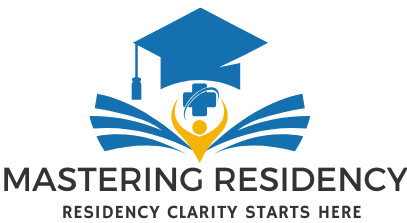Can Residency be Shortened?
The traditional path to becoming a practicing physician in the United States involves four years of medical school followed by a residency program lasting between three to seven years, depending on the specialty. This extended timeline has prompted discussions about the feasibility and implications of shortening residency training. This article delves into the possibilities of accelerated medical training, examining existing programs, potential benefits, and considerations for aspiring physicians.
Accelerated Medical Programs: An Overview
Several medical schools have introduced accelerated pathways to address the growing demand for physicians and to reduce the financial burden on students. These programs typically condense the traditional four-year medical school curriculum into three years, allowing students to enter residency programs sooner. For instance, the University of Miami's Miller School of Medicine offers a 36-month program that enables students to earn their M.D. degree faster, potentially saving on tuition costs and expediting entry into the medical field.
Similarly, the Penn State College of Medicine provides the 3+3 Accelerated Pathway, where students complete medical school in three years followed by a three-year residency in specialties like emergency medicine or internal medicine. This structure not only shortens the training period but also offers a seamless transition into residency within the same institution.
Penn State College of Medicine
Residency Duration and Specialty Considerations
The length of residency training varies by specialty. Primary care specialties, such as family medicine, often require shorter training periods, typically between two to four years. In contrast, surgical specialties may necessitate longer residencies due to the complexity and technical skills involved.
While accelerated medical school programs reduce the time to obtain an M.D., the duration of residency training remains largely unchanged. This consistency ensures that residents acquire the necessary clinical experience and proficiency required for independent practice.
Potential Benefits of Accelerated Training
Accelerated medical programs offer several advantages:
Financial Savings: By reducing the length of medical school, students can decrease tuition costs and enter the workforce earlier, potentially mitigating student loan debt.
Addressing Physician Shortages: Expediting the training process can help alleviate physician shortages, particularly in primary care fields where the demand is high.
Early Career Start: Physicians can begin their careers sooner, allowing for a longer tenure in practice and the opportunity to impact patient care earlier.
Considerations and Challenges
Despite the benefits, several factors must be considered:
Intensive Curriculum: Condensing medical education into three years requires a rigorous and demanding schedule, which may not suit all students.
Residency Preparedness: There is ongoing debate about whether accelerated programs provide the same level of preparedness for residency as traditional pathways. However, studies have shown that graduates from accelerated programs feel as satisfied with their education and as prepared for residency as their peers from four-year programs.
Specialty Limitations: Accelerated pathways are often tailored to specific specialties, primarily in primary care. Students interested in other fields may find limited options for shortened training.
The Future of Residency Training
The medical community continues to explore innovative approaches to medical education and residency training. Discussions around competency-based advancements suggest that the focus should be on achieving specific competencies rather than adhering strictly to time-based training. This perspective could lead to more personalized training durations, potentially shortening residency for some while extending it for others based on individual progress.
In conclusion, while the duration of residency training remains standard across most specialties, accelerated medical school programs offer a viable pathway to reduce the overall time required to become a practicing physician. Prospective medical students should carefully consider their career goals, specialty interests, and personal circumstances when evaluating these accelerated options.
